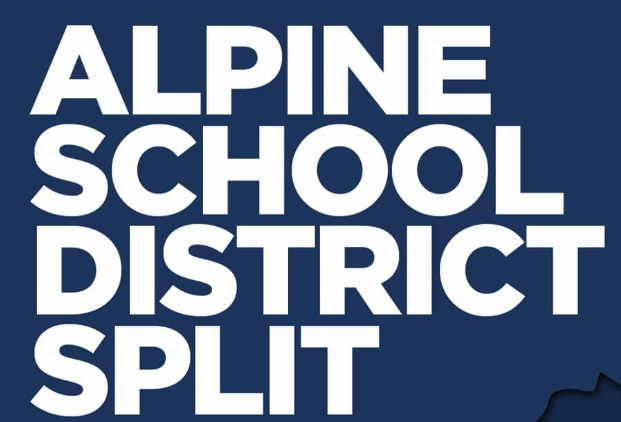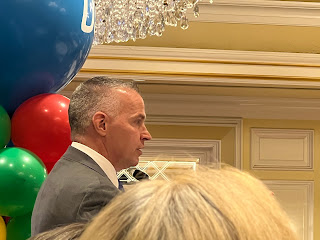The recent push to split Alpine School District has stirred emotions and concerns, but before we hastily fracture Utah’s largest and most successful school district, it is imperative to ask: Is this the best course for our students, our taxpayers, and our community? The short answer is no. While the notion of more localized governance and control may seem attractive, the current push for a district split is happening at the wrong time, in the wrong way, and for the wrong reasons.
Splitting a district isn’t inherently a bad idea. In fact, there are times when a district’s growth and diversity make dividing it beneficial for all. West of the district, rapid population growth and shifting demographics offer valid reasons for considering such a move. The Alpine School Board even voted to put the idea on the ballot, signaling a willingness to explore the option with input from all affected parties. This democratic process would have allowed all voices to be heard, creating an environment where any decision would be shared and accepted by the entire community. Unfortunately, that’s not what’s happening.
The current approach, driven by interlocal agreements, bypasses this inclusive process. Instead, a small percentage of voters are in a position to dictate the future for everyone. It’s taxation without representation, plain and simple, a concept we rightfully rejected at this nation’s founding. Worse yet, these interlocal agreements seem motivated more by potential tax benefits and political representation than by the well-being of our students. This is not how decisions that will affect the education of thousands should be made.
Timing is equally concerning. Critical projects—such as building a high school in Saratoga Springs and renovating AmericanFork and Pleasant Grove high schools—are in the pipeline and are designed to be completed with minimal tax increases. If the district splits now, these projects may be delayed, underfunded, or left in limbo. Shouldn’t we first ensure these necessary improvements are finished before we complicate the process with a split? If a division of the district is truly necessary, it should occur when all parties can move forward on solid ground, not when students and taxpayers alike will be left holding the bag.
Many have asked if the split will lower taxes. It’s a reasonable question, but the answer, based on extensive studies, is a resounding no. Alpine School District commissioned an in-depth analysis, which determined that the district is performing exceptionally well and should remain intact. Should a split occur, the experts recommended only a two-way division, which would still require a moderate tax increase. A three-way split, as some have suggested, would lead to skyrocketing costs for many areas, as we’ve seen with the Canyons/Jordan split, where taxes increased by 25% in both districts. It took 15 years for those communities to recover—do we really want to relive that painful experience?
Furthermore, the promise of better representation in smaller districts is uncertain. Voters may feel they will have more influence in local decisions, but new school boards may not fulfill those expectations. Will they build schools more rapidly? Will they keep taxes low while maintaining small class sizes? We can’t know, and these uncertainties pose significant risks.
Most troubling of all, a split threatens to undermine the quality of education we currently enjoy. Alpine School District’s exceptional programs, from Dual Language Immersion to Advanced Learning Labs, are sustained by its size and resources. A smaller district may struggle to offer these opportunities at the same level, leaving students with fewer options. Teacher training and professional development would also suffer, as smaller districts lack the capacity to provide the same high-quality support. Our top educators, many of whom have chosen Alpine for its strong support system, may retire early, leaving classrooms filled with less experienced teachers.
And then there’s the leadership vacuum. A three-way split could leave parts of the district without our visionary superintendent, whose leadership has been instrumental in making Alpine a beacon for educators statewide. Do we want to gamble the future of our children’s education on unknown and untested districts?
If voters are truly willing to increase taxes, let’s direct those funds toward enhancing our current programs and improving outcomes for students. There is no evidence that these interlocal agreements will lead to better educational experiences for our children. In fact, they’re more likely to diminish the quality of education and create long-term financial strain.
Splitting Alpine School District is not a decision to be taken lightly. Let’s ensure that when and if it happens, it’s done in a way that benefits every student, every taxpayer, and every community member—not just a select few. Now is not the time, and this is not the way.






